 (Source: http://www.google.com)
(Source: http://www.google.com)
 (Source: https://www.edutopia.org/blog/ccia-10-visual-literacy-strategies-todd-finley)
(Source: https://www.edutopia.org/blog/ccia-10-visual-literacy-strategies-todd-finley)

Visual literacy is found all around us, quite literally EVERYWHERE, as we live in a very technological age. We are able to use visual literacy in many ways from presenting information through the use of detailed visuals, such as Paul Hughes demonstrated in his Ted Talk, “Ten Meters of Thinking: The ABC of Communication” and communicating like Alex and Liza described in the podcast, “Me and My Girlfriend Texted Only in Emoji for a Month”. While written and oral word is still an important aspect, it is no longer the only thing we consider when we think of literacy. Visual literacy can be used to enhance the understanding of information and communication through the use of visible actions, objects, symbols, and so on.

In my post last week, I included a visual that explained “90% of all information transmitted to our brains is visual” and “people remember 80% of what they see but only 20% of what they read”, which further supports just how important the use of visual literacy is to learners…
(Source: http://blog.visme.co/10-mind-blowing-interactive-stories-that-will-change-the-way-you-see-the-world/)

Visual literacy has been being used to support learning and increase understanding in classrooms for a long time now. In his Ted Talk, Paul Hughes used 10 meters of paper to provide meaningful visuals to help the audience understand the information that he was presenting. Honestly, sometimes when I am watching a lengthy video such as a Ted Talk, I tend to lose interest and become less engaged as the speaker continues to stand at a podium and talk. Paul’s use of visuals throughout his talk really helped me to stay engaged in what he was saying and understand the concepts that he was presenting. If I would’ve listened to his explanations without also seeing his drawings I do not think I would’ve fully understood his message. Initially, his strategy of rolling the paper out and drawing seemed like an innovative and really cool way to keep his listeners engaged. However, I soon realized that it reminded me of something teachers have been using in their classrooms for a while:

Anchor charts are a great source of academic support for all students, especially visual learners that promote visual literacy. Personally, I always loved when my teachers would use anchor charts when I was an elementary school student. Now, as a teacher education student, I really enjoy making them to support my lessons.
Below is a link to a website that further discusses classroom usage of anchor charts.

Another great way to use visual literacy in the classroom is by incorporating Emojis into instruction. In my experience, students get such a kick out of using things they love in their everyday lives inside the classroom. In the podcast, “Me and My Girlfriend Texted Only in Emoji for a Month”, Alex talks about they are challenged and ultimately able to express more emotion through the use of visuals to enhance their vocabulary with each other. This same idea can be used in classrooms to help students develop their visual literacy skills and really begin to think critically by using multimodal formats for learning.
I found a great blog that includes many different ways that teachers can use Emojis in their instruction.

Link: http://teacherrebootcamp.com/2015/08/03/emoji/
One of my favorite resources that was included in the blog post was something called the OMG Shakespeare Series which is a collection of works by Shakespeare told through texts and Emojis. This is something that I feel I definitely would have enjoyed reading in my middle and high school English classes. I always hated reading Shakespeare, mostly because I often had a hard time understanding what I was reading. This series makes the original works relevant and easy to understand for students, like myself, who struggled with reading Shakespeare. I think this is such a cool idea that uses aspects of visual literacy and popular culture to increase understanding of traditional literacy.

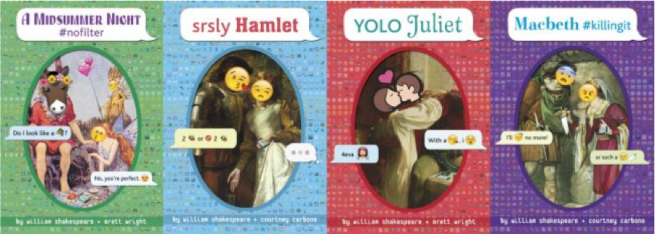 (Source: http://www.penguinrandomhouse.com/series/OGS/omg-shakespeare)
(Source: http://www.penguinrandomhouse.com/series/OGS/omg-shakespeare)
Though, unfortunately, I did not have the opportunity to use the OMG Shakespeare Series as a student, I can remember coming across some similar things in popular culture. For example, in the 90’s film 10 Things I Hate About You, there is a scene in which the teacher raps an excerpt from Shakespeare in the effort to make the text more relatable to his students. This idea is symbolic for the entirety of the movie, as it is meant to be a rendition of Taming of the Shrew for modern audiences. It was interesting to me how the movie made use of visual literacy, in this case: film, to convey Shakespeare’s story through alternate means of expression and representation. Because of this, both that particular scene, as well as the film itself are great examples of visual literacy.

(Source: https://www.youtube.com/watch?v=eUzslPhNP6M)

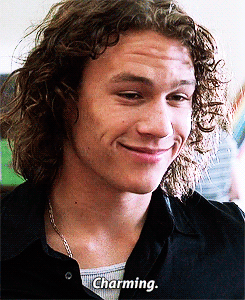
(Source: http://www.giphy.com)
Basically, there are really so many ways teachers can incorporate visual literacy into the classrooms including:
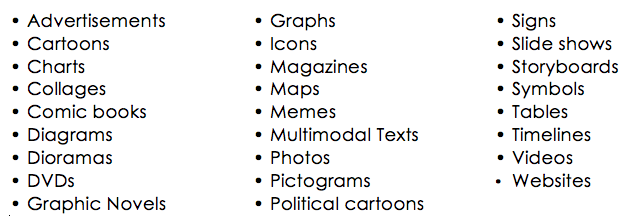
(Source: https://www.edutopia.org/blog/ccia-10-visual-literacy-strategies-todd-finley)
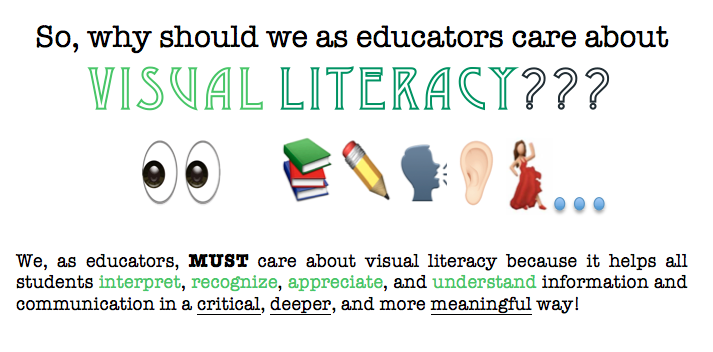
(Source: http://www.google.com)
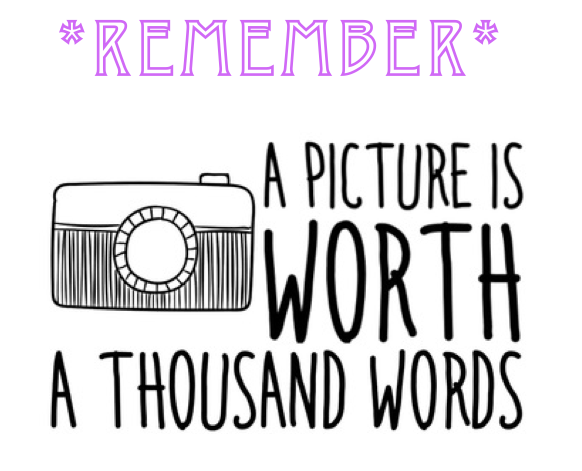

(Source: http://www.google.com)

Cara, you made so many great connections in this blog! I loved the first connection to anchor charts. I agree they are a valuable resource for both teachers and students. Not only is the process of creating anchor charts valuable but they’re the “gift that keeps on giving”. When hung around the classroom, anchor charts serve as great resources for students to use as a reference or reminder.
I also loved your idea of incorporating emojis into lessons. Not only does it allow students to be creative and embrace visual literacies, but it also encourages students to create short, meaningful statements. They must really think about the message they would like to communicate, which requires critical thought and purpose. The OMG Shakespeare Series is fantastic! One reason why I think it is so useful is because the use of emojis make the topic of Shakespeare relevant to student’s lives. Shakespeare is a difficult area of study for students because they struggle to connect with it and they don’t understand the language of the time period. Essentially, emojis translate Shakespeare into a more relevant language that students are able to understand.
Lastly, I loved your connection to the adage “a picture is worth a thousand words”. It’s a saying we all know, yet when it comes to education we seem to forget the importance of visual literacy. I also liked that the visual you chose incorporated the camera from the Instagram app. Instagram is another great way to incorporate photos and visual literacies into lessons … excellent visual! 🙂
LikeLike
Cara,
I really enjoyed your visual literacy blog!
You have a lot of great visuals and really good teaching strategies for making literacy meaningful to students! Just like your definition, your ideas are great ways for students to visually “interpret, recognize, appreciate, and understand information”.
I like your idea of using Anchor charts in the classroom. It’s a great way to get the students involved in creating them, and helping them to understand their goals.
I really enjoyed the “OMG Shakespeare Series”! I wish I was taught Shakespeare that way in my high school days. It would have made Shakespeare literature so much more enjoyable! What a great way to connect traditional literature to the 21st century.
Thank you for providing so many ways to incorporate visual literacy in the classroom. I saw ‘timelines’ on the list and it reminded of an Ancient History timeline that I saw the other day in the middle school where I work. The students were having so much fun creating it in the hallway; they used different colors and symbols to represent the different time periods. It just shows you that visual literacy can be taught in so many subjects.
Great Job!
LikeLike